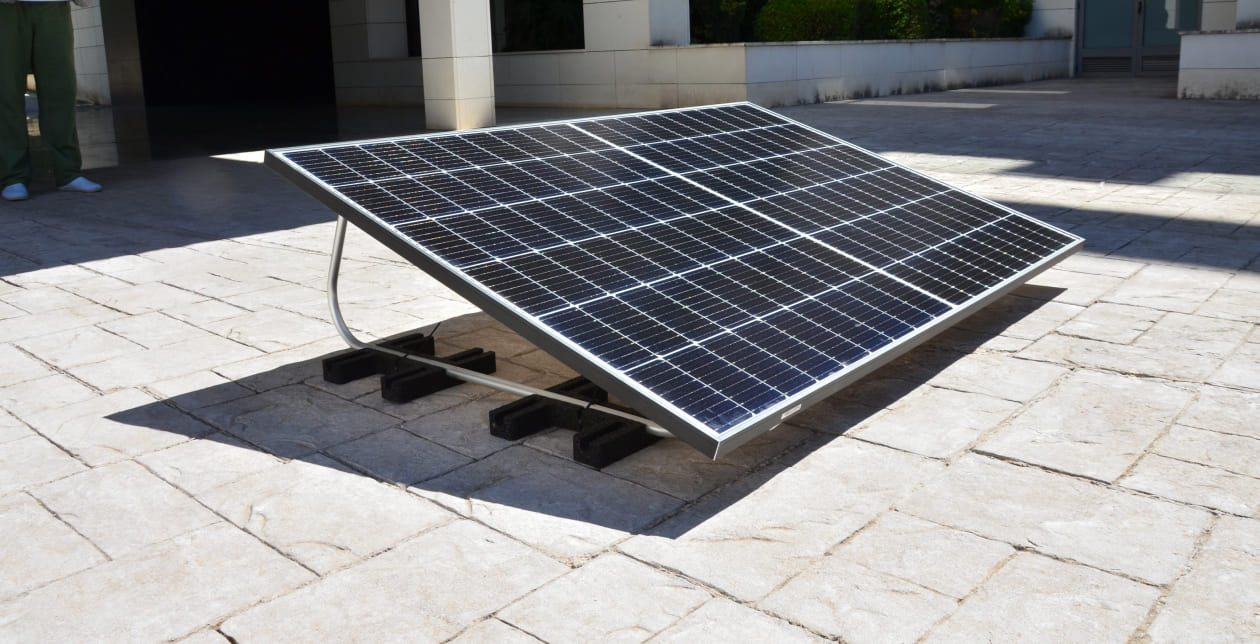
How to maximize your savings with a plug & play solar kit
A plug & play solar kit is a great way to save money on your power bill at home, especially if you cannot install a bigger solar installation on your house’s roof. A Robinsun Performance 800 plug & play solar kit in its latest version for example can produce more than 1.600 kWh/year. At an electricity price of €0,30/kWh (VAT incl.) this means a whopping €480/year or €14.400 over the lifetime of 30 years saved. Considering that the price of a 800 W kit starts at just €799 (VAT and free delivery incl.), you can pay back the kit in just over 1 year and 8 months, and then have free electricity during the rest of the 30 years of production warranty of the solar panels.
The same plug & play solar kit doesn’t produce equally in all places though. Some factors like your installation location are given. Also the weather conditions cannot be influenced. Below we will explain the factors that you can influence, and how much they impact your production.
Orientation of your kit - catch the most sunshine
To save much, your plug & play solar kit needs to produce much, and for many hours. The best angle for production is south facing, as your solar panels are exposed to sunshine for the longest time. In the infographic below you can see the impact of orientation on a Robinsun Performance 800 kit.


The same kit produces 1.638 kWh/year facing south, but just 1.423 kWh/year facing West (-13%) and 1.393 kWh/year facing East (-15%). This is because of the amount of hours the kit can produce, when the sun shines on the solar panel.
Angle of installation - maximize efficiency
The next factor to consider is the angle at which you mount your solar panel. In Europe, the ideal angle is 30-35 degrees. The more to the south, the lower the angle. The infographic below shows the impact of the angle on a Performance kit’s production.

While with a 20 degree mount the kit produces 1.638 kWh/year, with a 60 degree mount this is reduced to 1.535 kWh/year (-6%), horizontally mounted at 0 degrees to 1.451 kWh/year (-11%) and with vertical mount at 90 degrees to 1.041 kWh year (-36%).
The impact of shade and weather on a solar panel
As the name suggests, a solar panel needs sunshine (otherwise it would be a “shady panel”). As a solar panel combines a number of cells in a string to produce electricity, if only one cell is impacted by shade, your entire panel’s production will be affected. Depending on how many cells are hit by shade and of which string these are, production can decrease significantly. Each string of cells produces only as much as its weakest cell. Typical sources of shade are trees, other buildings, electricity poles or balcony railings. Position your panel in a way that during sunshine hours it is free from any shade.
Another source of shade is dirt. While a slight dust layer won’t be too much of an issue, bigger spots of solid matter (bird poo for example) can impact irradiation of a cell.
Also clouds reduce production. Your panel produces best on days with blue sky and bright sunshine. Likewise, at a temperature of 25 C a solar panel produces best. This is why Southern Europe is such an ideal location for solar power. Throughout the year the amount of days with ideal conditions (long sunshine hours, blue skies and warm temperatures) is the highest.
None of the factors mentioned (shade, dirt, clouds or temperature) will turn production to zero, but will reduce it.



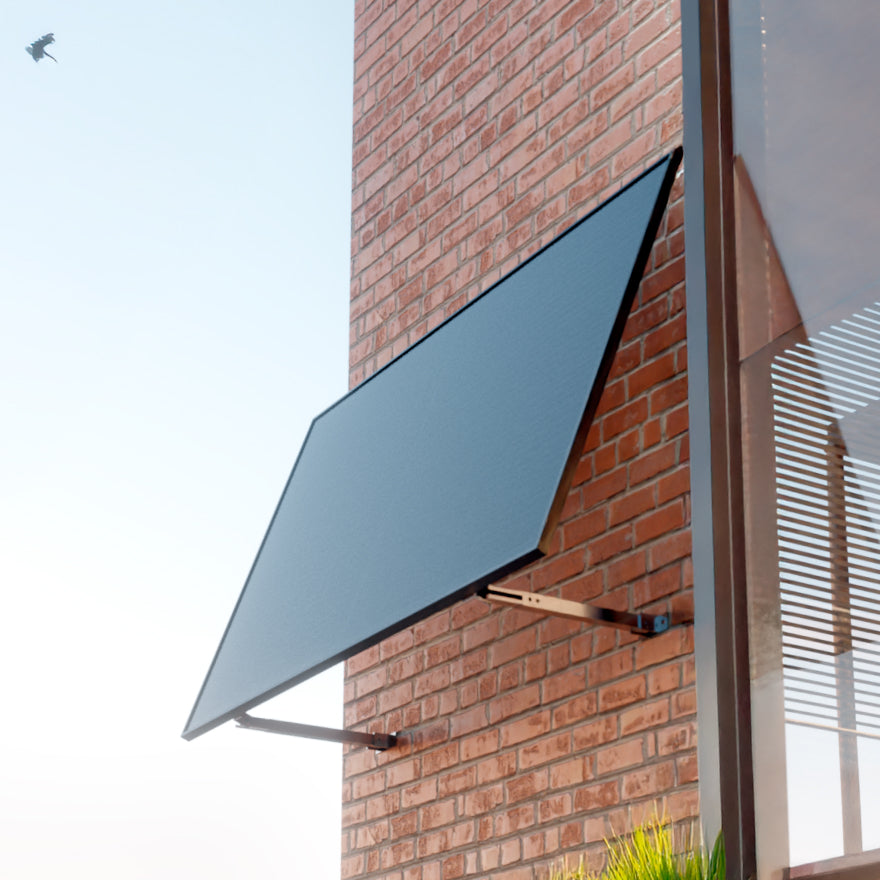

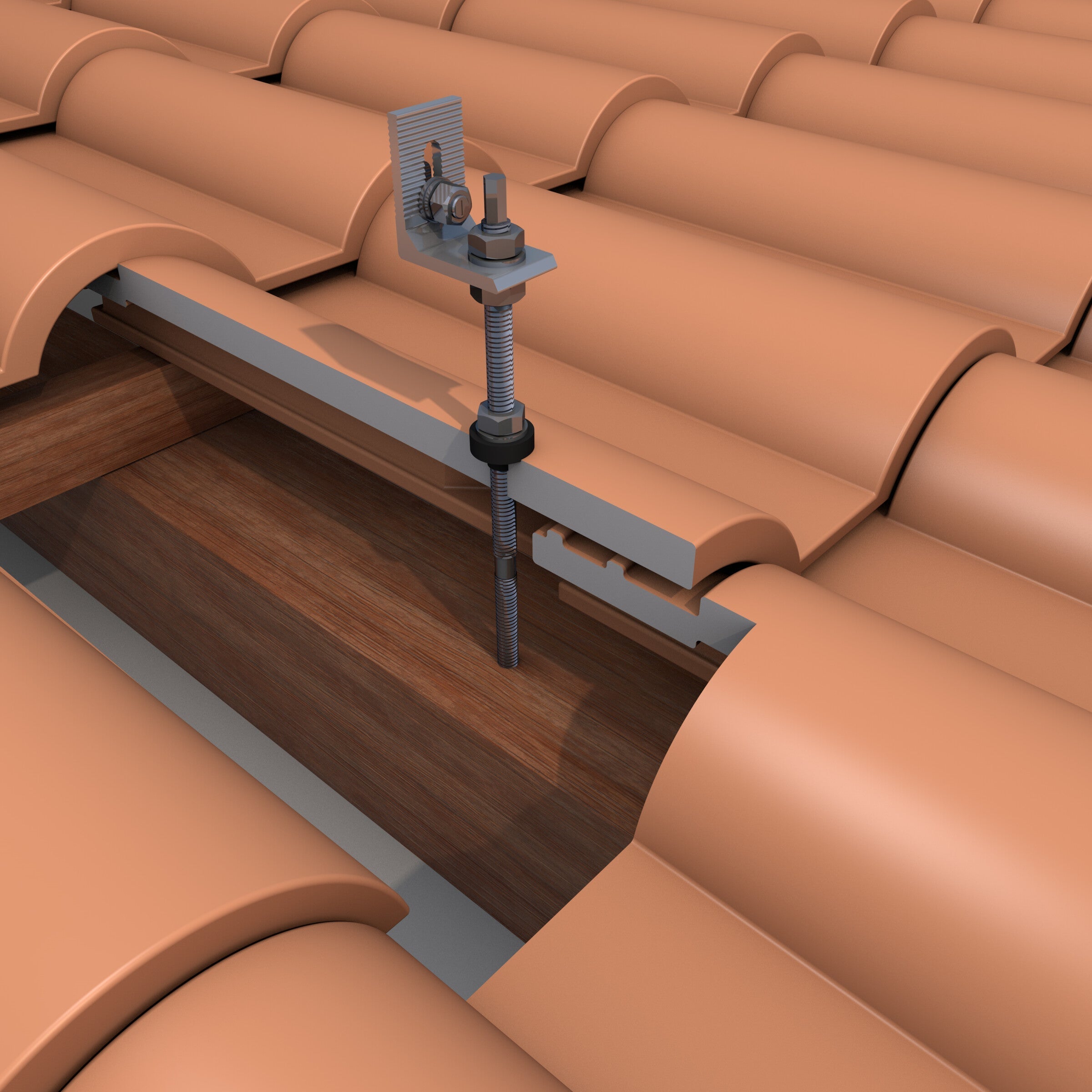
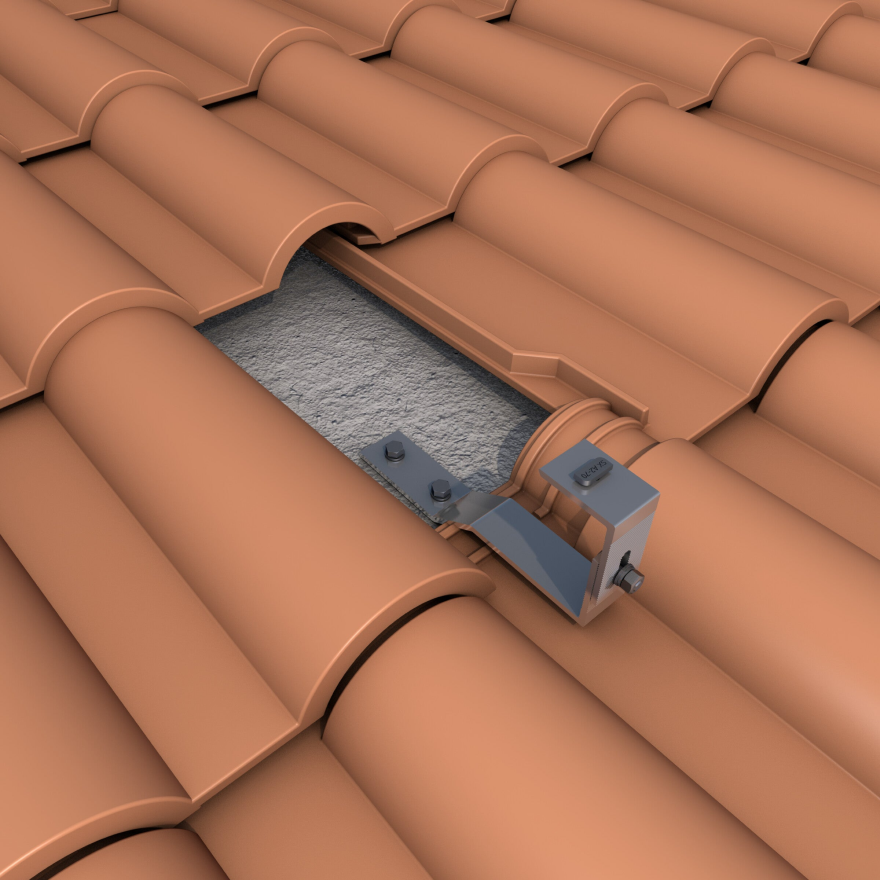
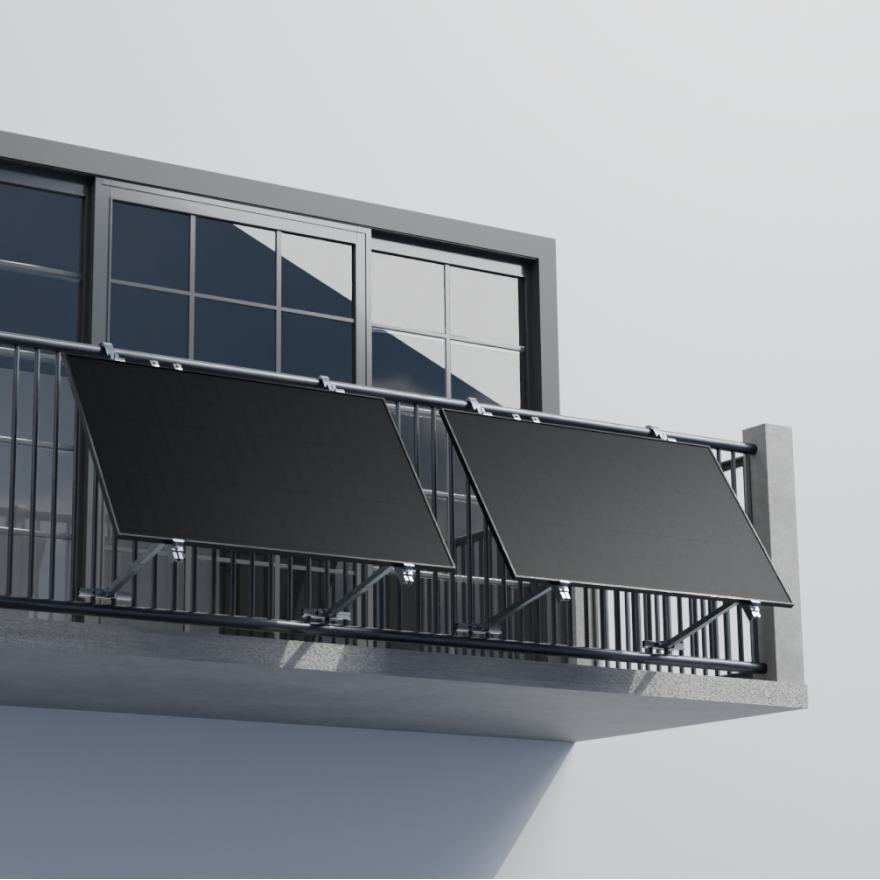
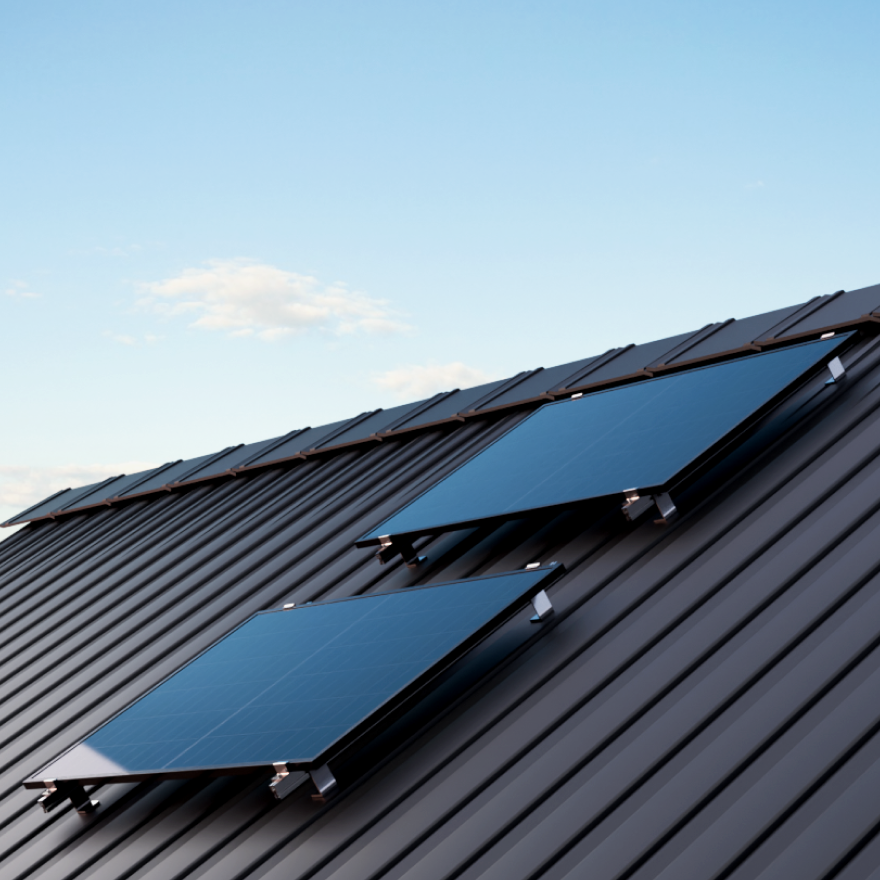
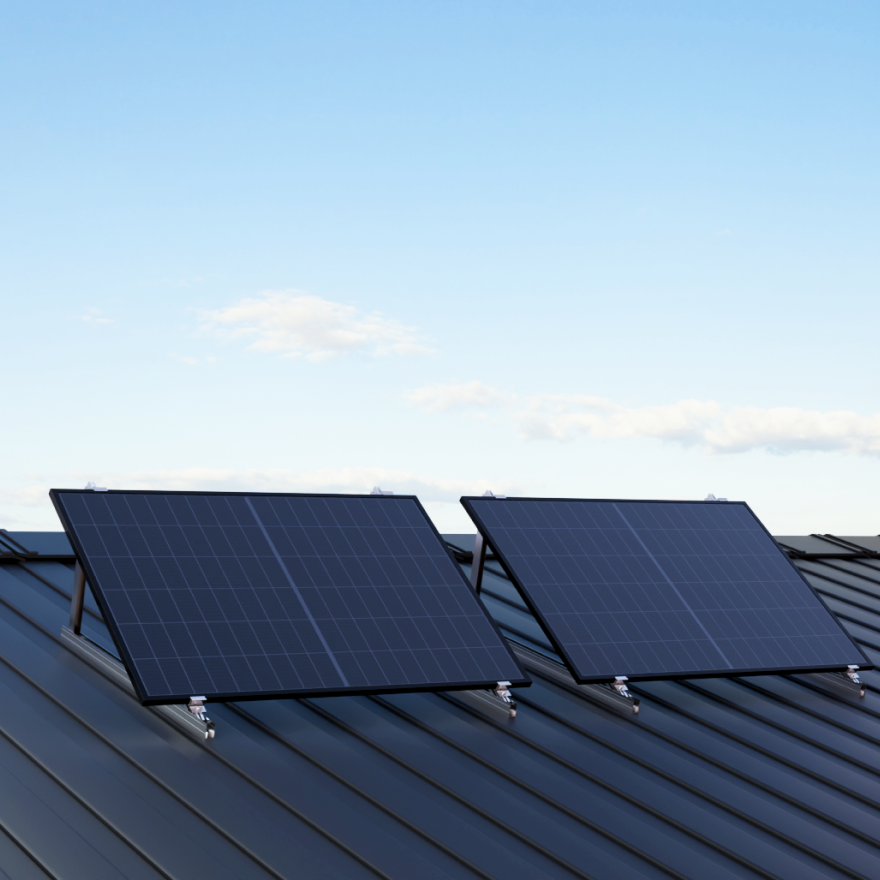
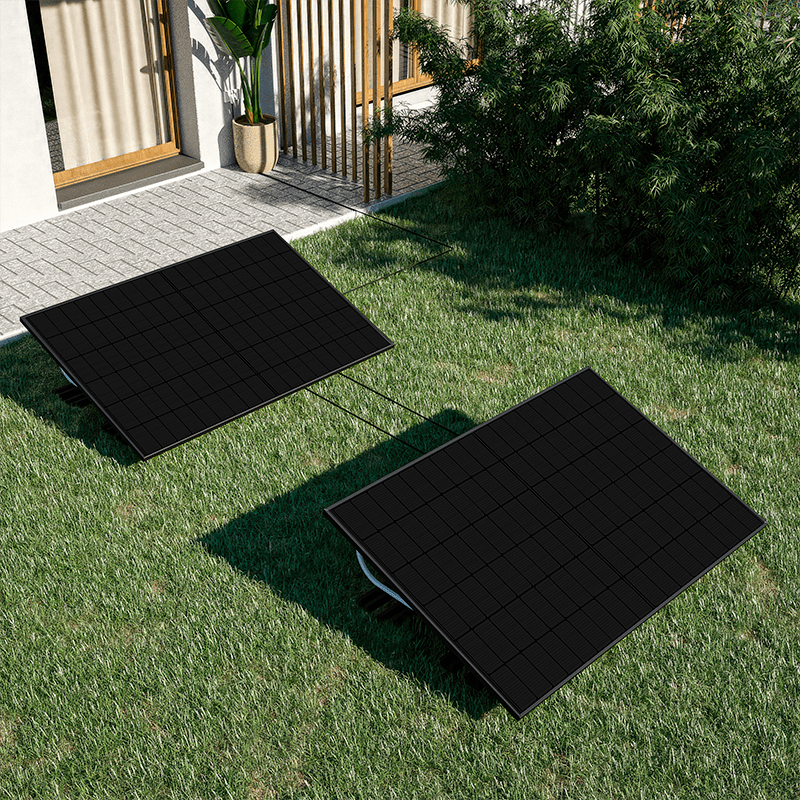
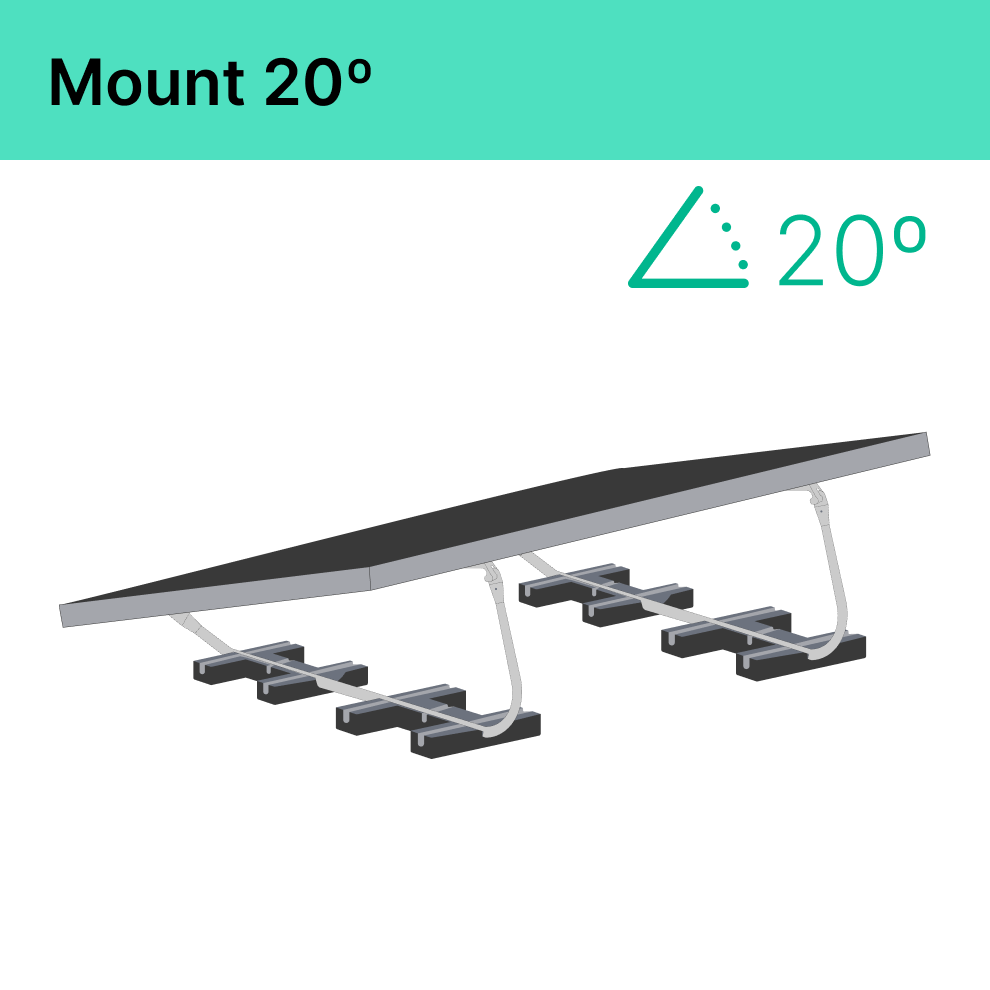
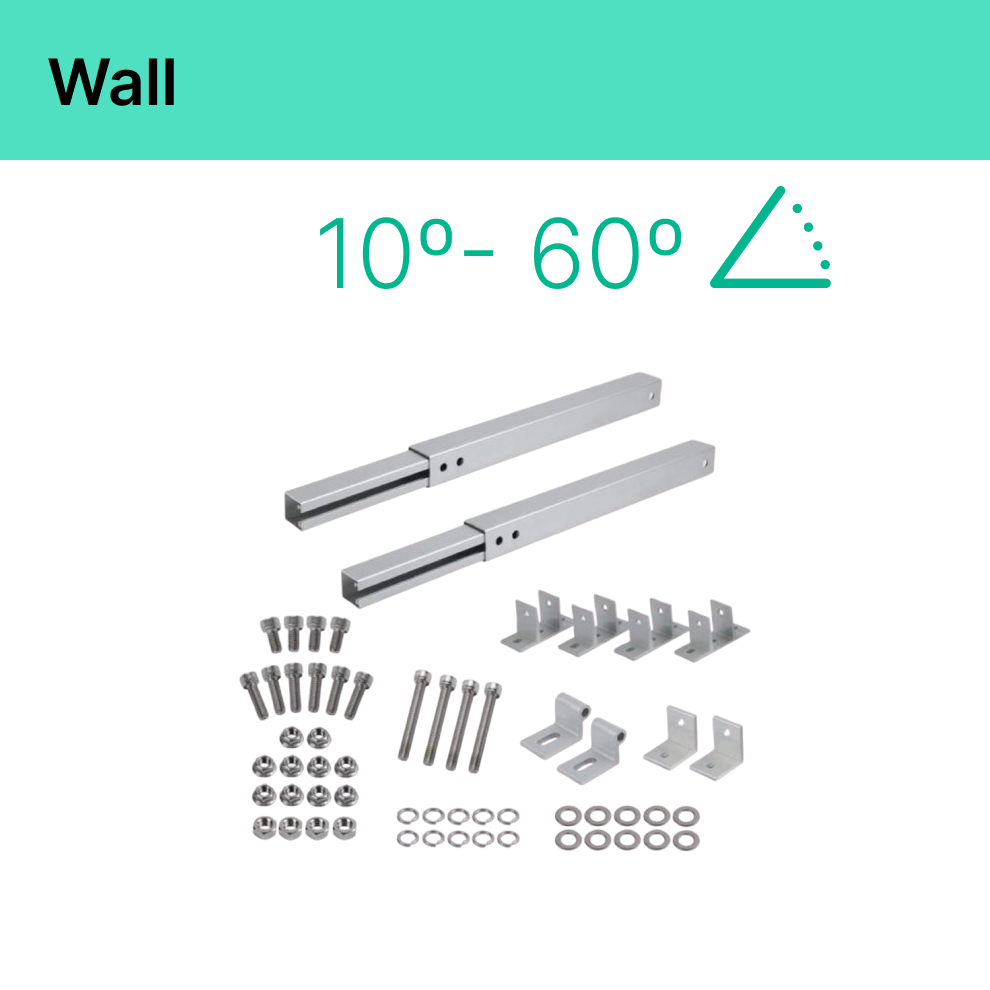
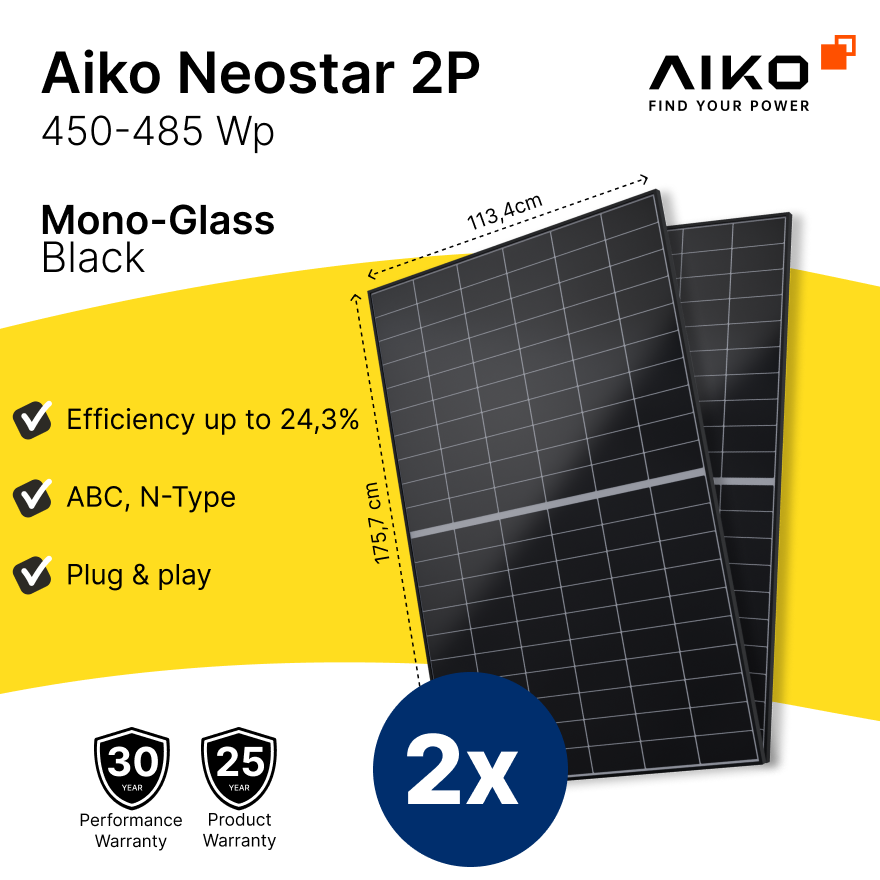
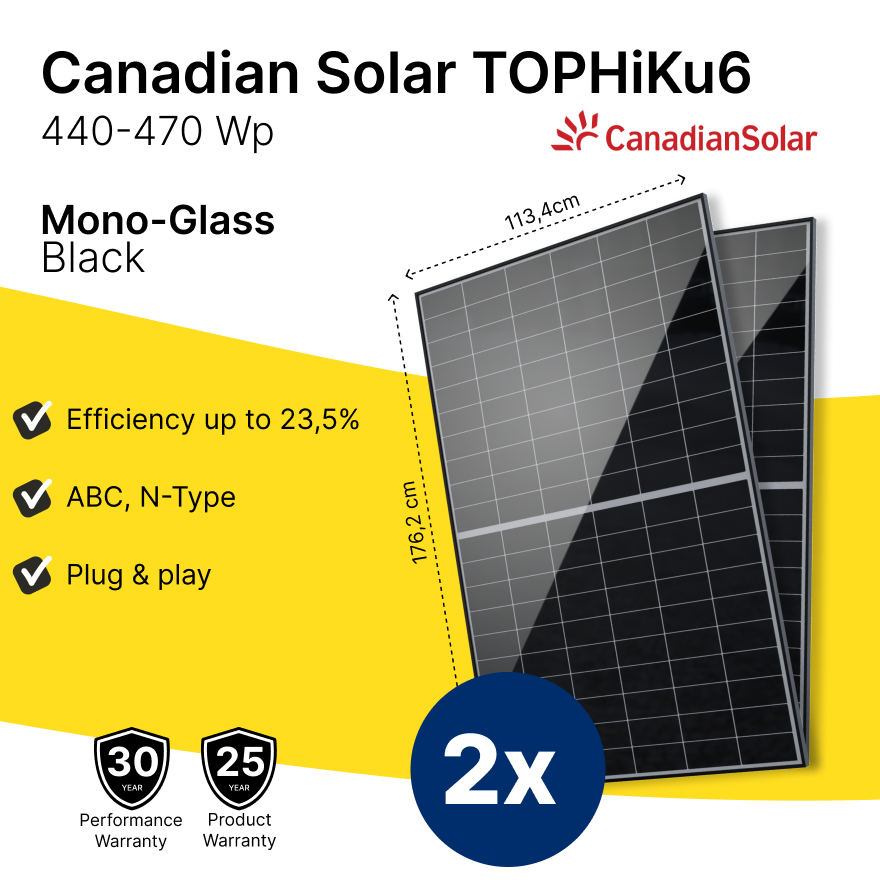
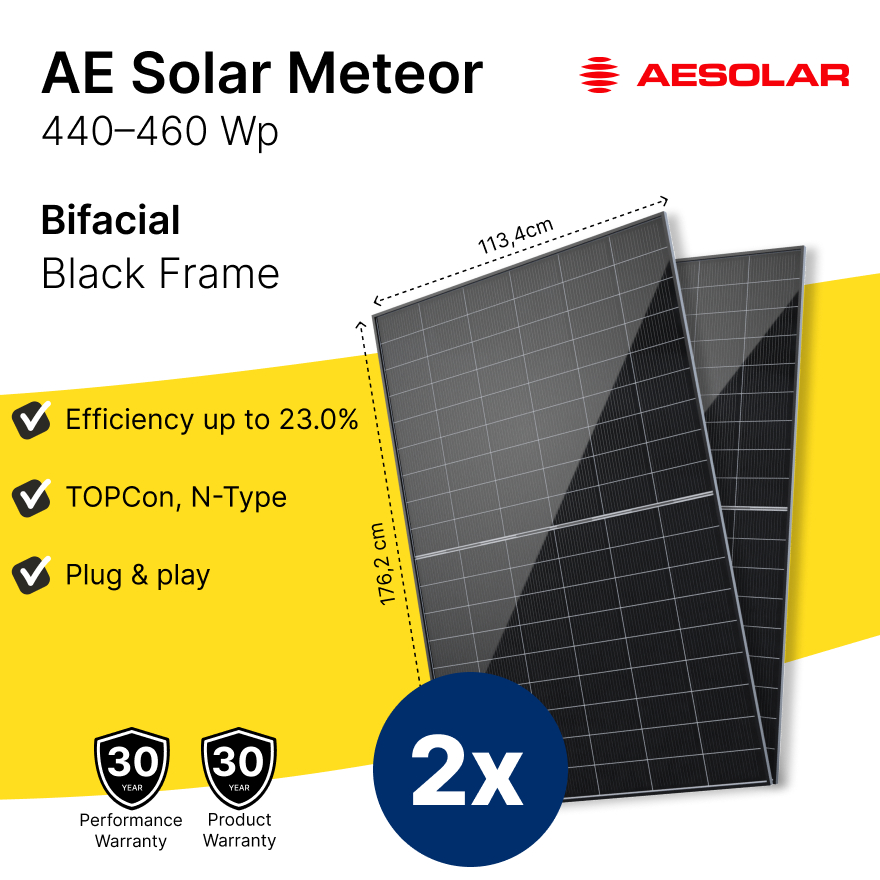
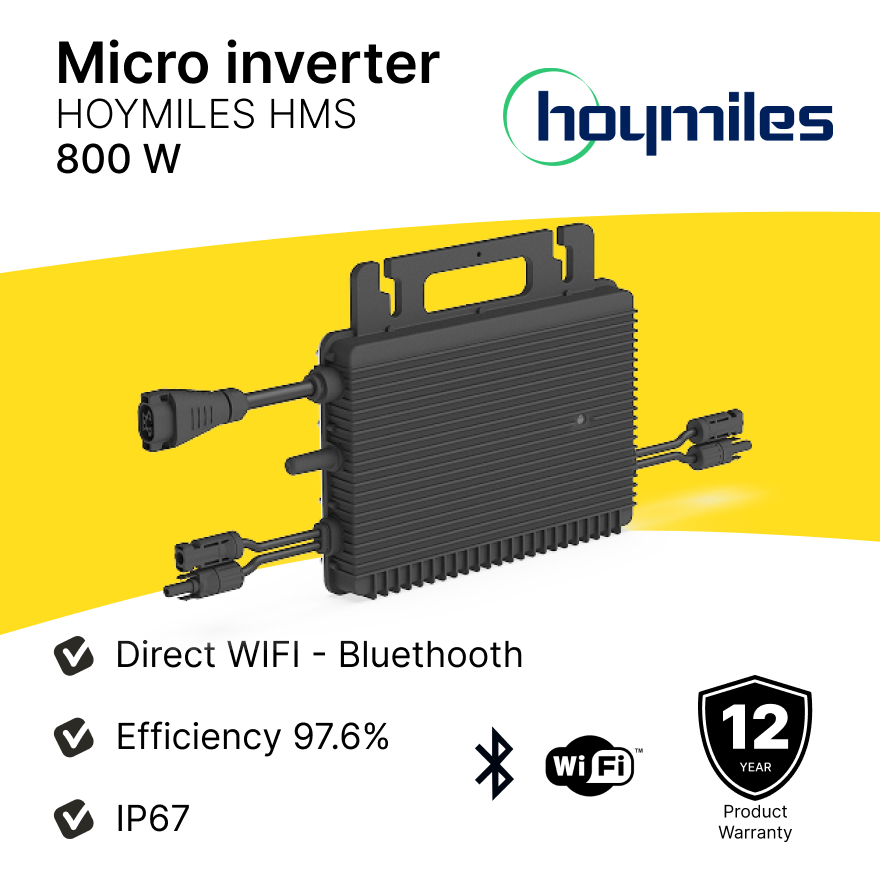
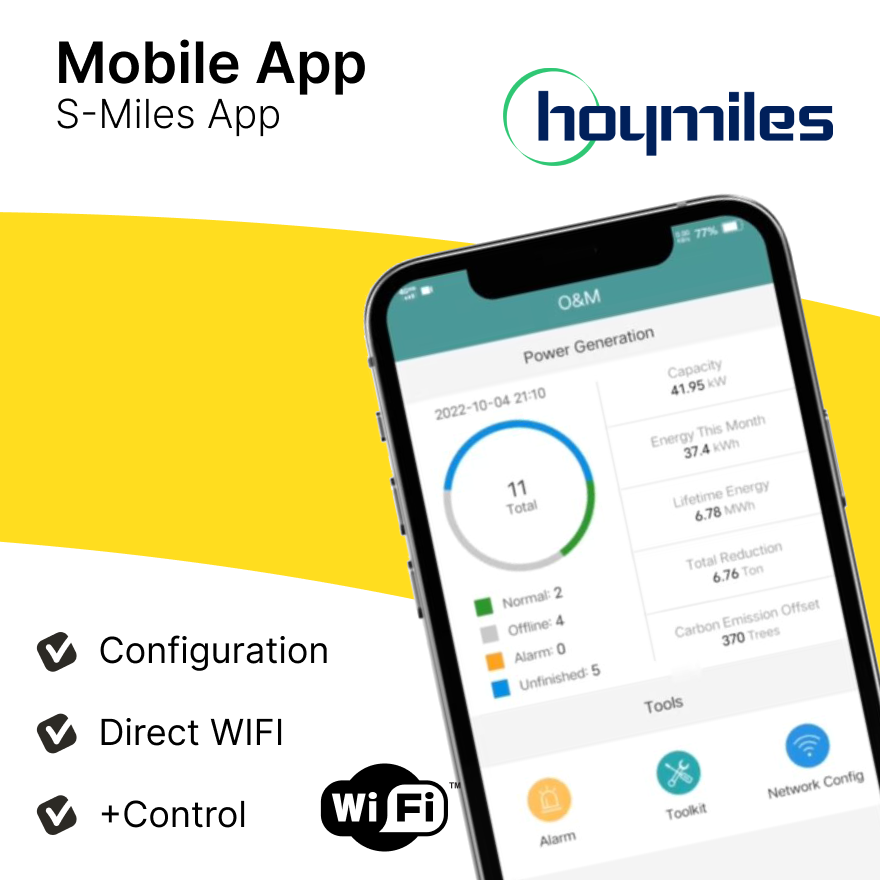
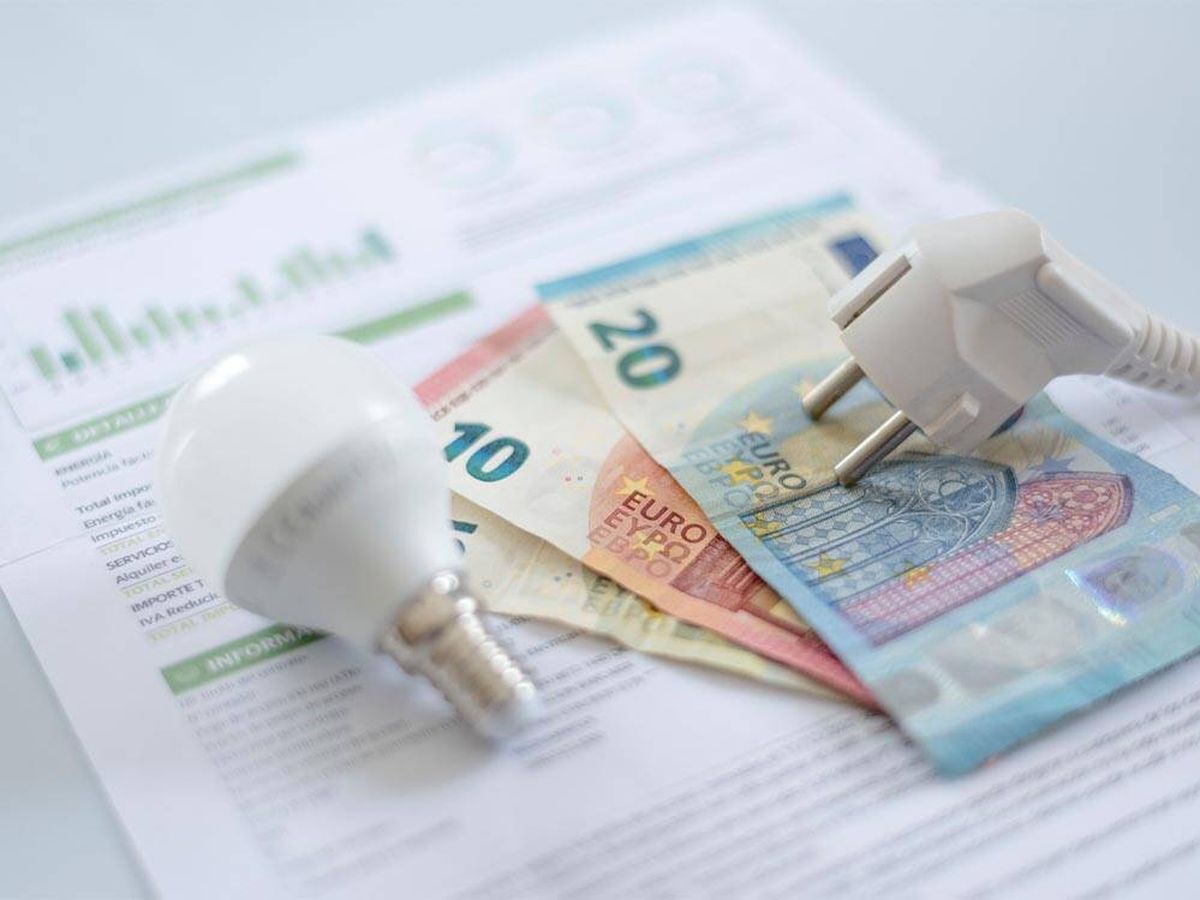

1 comment
The Robinsun Performance 800 plug & play solar kit is an affordable and efficient way to save on energy bills. By optimizing panel orientation and installation angle, you can significantly increase energy production. This simple setup offers great returns, paying off in just over a year, making it a smart investment!
Painéis solares portugal
Leave a comment
This site is protected by hCaptcha and the hCaptcha Privacy Policy and Terms of Service apply.